However, despite these minimal episodes of reality, Canada appears as an honest land of liberty and acceptance opposing the United States. This view, that permeates the collection, is epitomized in Reverend Alexander Hemsley’s powerful statement: “Now I am a regular Britisher. My American blood has been scourged out of me; I have lost my American tastes”. This view is further enhanced when William Grose issues a declaration that, as George Elliott Clarke appropriately notes, “engenders a nascent sociology of African Canadian life that asserts Canadian nationalism” (“Introduction” 15): “As a general thing, the colored people are more sober and industrious than in the States: there they feel when they have money, that they cannot make what use they would like of it, they are so kept down, so looked down upon. Here they have something to do with their money and put it to a good purpose”. Interestingly, this attachment to the Canadian land and the way they resort to their own sense of nationalism through their difference and their new sense of what a Black person is once in freedom, may well represent Clarke’s African Canadianité avant la lettre .
In his critical study of African Canadian literary history, Clarke has noted how “European Canadians imagined African Canadians as once-and-always Americans” ( Odysseys Home 71). Though admitting the heterogeneous nature of Black Canadian history, Clarke contends that “it is impossible to conceive of Black Canada without the sobering boundary that the United States supplies” ( Odysseys Home 28). For the Canadian scholar, there is no doubt that “African American blackness has been and is a model blackness, a way of conceiving and organizing African Canadian existence” ( Odysseys Home 28). Yet, to contest the view that “African American scholars have tended to regard African Canadians as a failed version of themselves” ( Odysseys Home 34), Clarke defends a Black Canadian cultural nationalism that he terms African Canadianité , which consists of a type of Black Canadian identity practiced upon African American and European models but one that reads African Canadians as “not just ‘black’ and Canadian, but also adherents to a region” ( Odysseys Home 40). Clarke also express that “African Canadianité marks the hegemony of heterogeneity, an attribute that African Canadians share with the other communities in Canada” ( Odysseys Home 48). In other words, the attachment of Black Canadians to the land and their country bespeaks their sense of being Canadian alongside other communities and different realities. This is what we also find in Drew’s collections through the testimonies of Black Canadians like that of Sophia Pooley, a Queen’s Bush resident whose narrative presents an insight into Native, African and European colonial relationships:
Canada was then filling up with white people. And after Brant went to England, and kissed the queen’s hand, he was made a colonel. Then there began to be laws in Canada. Brant was only half Indian: his mother was a squaw – I saw her when I came to this country. She was an old body; her hair was quite white. Brant was a good looking man – quite portly. He was as big as Jim Douglass who lived here in the bush, and weighed two hundred pounds. He lived in an Indian village – white men came among them and they intermarried. They had an English schoolmaster, an English preacher, and an English blacksmith.
The ex-slaves’ African Canadianité as practiced in Drew’s volume also signals the new African Canadians’ wish and efforts to become part of their new country. In so doing, they will, albeit without their knowledge, open the way for a new and heterogeneous representation of Blackness in Canada. 12Drew’s collection evinces thus the multiple ways in which the new citizens of the welcoming country contribute to the increasing of settlements and, therefore, turn into Black settlers within the Canadian realm. In this manner, these recent African Canadian testimonies join other literary accounts in a cultural bid to reshape Canada as a country, precisely on the eve of its birth as a nation. This is so because, as Ana María Fraile-Marcos clarifies, “the Canadian nation emerges in the nineteenth century as a self-willing effort at narrating itself. Literature plays an instrumental role in the creation of a system of cultural signification” (“National Identity” 116). Hence, Drew’s volume plays its role in this endeavor in which “from its inception […] literature was called in as an indispensable element to confer cohesion, unity, and character to an emergent sense of Canadian identity” (Fraile-Marcos, “National Identity” 117).
A North-Side View of Slavery: The Refugee, or the Narratives of Fugitive Slaves in Canada emerges thus as more than “Anglo-Canadian anti-American and pro-British propaganda” (Clarke, “Introduction” 14), and resolves into a compendium of the transnational abolitionist movement’s political agenda containing the cultural and ideological preoccupations of the mid-nineteenth century. Moreover, by anchoring its messages in the brand new African Canadian reality and testimony, the collection plays an important and active part in the literary movement that pushed forth towards the recognition of a Canadian identity and the eventual creation of the nation-state.
Tellingly, the collection of testimonies was aimed to look at the future for it provided evidence to those concerned and wary of the African Americans’ emancipation, economic opportunity and racial acceptance. This was ratified when a sequel to Drew’s book was published in 1864 when the American Freedmen’s Inquiry Commission issued the Canadian report soon after the Emancipation Proclamation. The Commission was intent in investigating the conditions of emancipated African Americans simply to cater for their possible needs. The result was the appearance of Refugees from Slavery in Canada West that very same year, which revolved around the themes that Drew had already tackled in his book. A few years earlier, in 1859, another book similar to, if not based upon, Drew’s appeared. It was titled The Roving Editor or Talking With Slaves in the Southern States and followed the same procedure that Drew utilized in his oral recollection.
Those examples testify to the importance and impact of Benjamin Drew’s volume as an invaluable depiction of the life of fugitive slaves in Canada. The compilation, however, unfolds as more than a collection of narratives and eventually grows into a compendium of the social, cultural, historical and ideological practices of the mid-nineteenth-century North America. Whilst emerging as a transnational branch of slave narratives, that is, a Canadian slave narrative, it also serves to witness the blossom of African Canadian identity and reality along the frontier, which, as Afua Cooper puts, exemplifies the identitybuilding process of Black Canadians, a groundwork act that is necessarily “negotiated in border zones” (“Fluid Frontier” 131). Interestingly, this exercise will be ingrained in Black Canada to the extent that it has served as a model for contemporary African Canadian writers that keep on negotiating their own identity working on and through the border zone. Probably the most renowned example is Lawrence Hill’s acclaimed novel Any Known Blood (1997). Apart from these important aspects, the appeal of Drew’s book lingers on and is still worth considering for it participates, and is inscribed, in the “transnational turn” in Black Canadian studies through its cross-border approach to transnational abolitionism and African Canadian writing. As Nele Sawalisch argues, “the autobiographies here emphasize the ambiguous – somewhat elusive, or fugitive – meaning of the border for the authors, and yet show how much the borderland was shaped by black individuals and their writing” (29).
Читать дальше
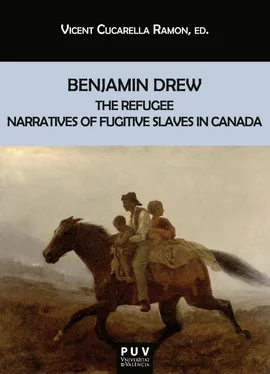

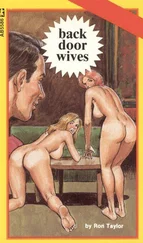

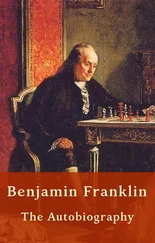
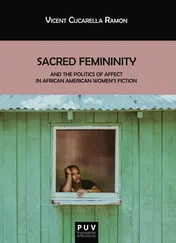
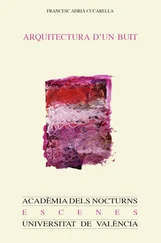

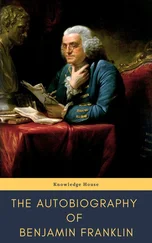

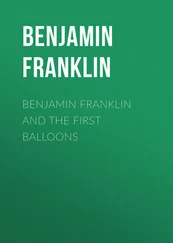
![Benjamin Franklin - Memoirs of Benjamin Franklin; Written by Himself. [Vol. 2 of 2]](/books/747975/benjamin-franklin-memoirs-of-benjamin-franklin-wr-thumb.webp)
![Benjamin Franklin - Memoirs of Benjamin Franklin; Written by Himself. [Vol. 1 of 2]](/books/748053/benjamin-franklin-memoirs-of-benjamin-franklin-wr-thumb.webp)